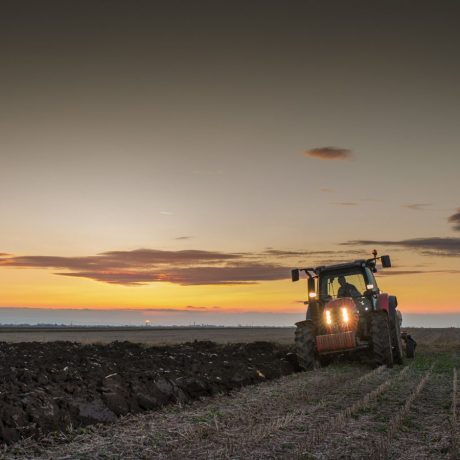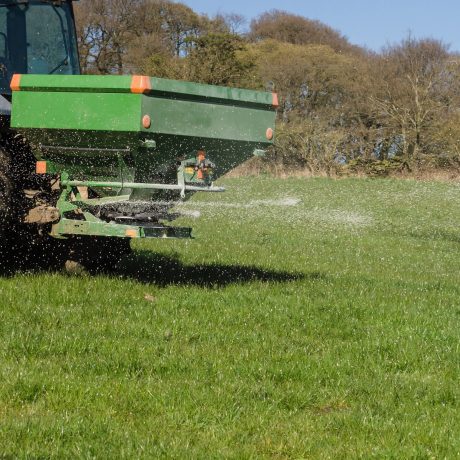Christmas checklist for reducing the cost of arable farming in 2023
Tim Isaac
Dec, 12 2022See our easy-to-digest cost saving cheat sheet here and read our full blog below.
–––
It’s that time of year when we naturally plan the things we’re going to do in the New Year. Lists get drawn up and priorities identified. With farm budgets for 2023 illustrating the same pressure on costs as being seen by everyone else, the most important list for any business is where savings can be made. This is not new, but it has taken on a greater significance and it’s not just about the cost – supply concerns and wider environmental issues are also focussing the mind.
To help the thought process, below is a simple ten-point checklist to consider – some may just be a reminder, and some you probably already have in hand, but others may just point you to the money under the mattress you were hoping to find. Based on our experience of analysing hundreds of farm accounts, we’ve outlined below the budget lines to focus on and given some useful tips to get you started. But don’t forget, if you want some more detailed FREE advice tailored specifically to your farm business via Defra’s Future Farming Resilience Fund, then see the bottom of this blog to find out how to register your interest.
1. Seed
It may not seem like a big item and it may require a bit more planning at harvest, but home saving as much of your seed as possible will save you money and guarantee your supply.
2. Fertiliser
With the dramatic increase in prices, this is a big one. Timing of purchase can be critical, but hard to judge – using the information and tools available in the market will help inform that all important decision of when to buy. The more practical part of reducing your fertiliser costs is clearly in the quantity you apply. Use soil, tissue and grain tests to inform the optimum application rate. There is increasing evidence to suggest that rates can be reduced, particularly if everything is being done to maximise utilisation by the crop. Calculating your Nitrogen Use Efficiency is the first place to start and increasing the use of legumes and organic manures in the rotation will also help to reduce the reliance on vulnerable supply lines.
3. Sprays
The key here is to question every application. Obviously, many are crucial to protecting and enhancing yields, but every time the sprayer comes out, it’s costing money in fuel, chemicals, wearing parts, labour, etc. Use thresholds, varieties, the weather and the many tools available to carefully calculate the risk and return of each application. Every pass you can miss saves you money.
4. Agronomy
Very much connected with numbers (2) and (3), tailored and technically robust agronomy is the key to saving costs throughout any arable system. Independent advice will generally result in lower costs, but wherever it comes from, again question every application. It’s really important not to delegate the decision making process, but be able to discuss the options available. Becoming BASIS & FACTS qualified could be the best investment you make in yourself.
5. Labour
With the pressures on the labour market and competition from other industries, it’s hard to save money under this heading unless you are clearly over staffed. And don’t forget to count yourself when calculating how much you need. If you already have the optimum labour input, the priority must be to recruit and retain the best to maximise productivity. Collaboration with neighbours to make positions more attractive and help spread costs is an increasingly popular option.
6. Machinery
Connected with number (5); this is nearly always the area where the biggest savings can be made. With an average range of £200 per hectare between the best and worst performers, it’s not hard to see how. An independent analysis of your labour and machinery is likely to reveal a number of areas which can be scaled back. Matching capacity to cropped area is an obvious place to start and experience shows that there is a tendency to carry too much spare for that tricky year. Reducing cultivation intensity is also a quick way to reduce costs, but needs to be done carefully so as not to impact yields, and grants can help to offset the cost of low-til kit. Also constantly think about efficiency, for example road travel is expensive and time consuming – consider things like the location of farm buildings and the use of bowsers, etc.
7. Property & energy
Farm buildings and houses use heat and power which are increasingly expensive. Making them as energy efficient as possible is a quick win and increases their value. It doesn’t take long to get a return on installing insulation for example. Increasing energy prices have also further improved the economics of renewable energy and most systems will provide a good pay back by offsetting your own costs and potentially enabling you to sell any surplus to others.
8. Administration
Insurance is an often overlooked cost, but can be significant. It’s so much easier to simply renew each year, but going out to tender at least every three years will attract the best premiums. Insured values also need to be reviewed every year to make sure they accurately reflect replacement costs.
9. Rent
With rising costs and falling BPS payments, rent reviews should be considered on any tenanted land. The best farmers will increasingly be in a strong position to negotiate better rents.
10. Finance
Almost a generation of low interest rates has taken our collective eye off the ball. Cheap money could be relied upon, whether it was hire-purchase, an overdraft or a longer-term loan. This is now changing, so once again shopping around for the best rates and restructuring or moving any debt is important in keeping finance costs to a minimum.
The added bonus of saving costs under at least seven of these ten headings is that the same actions will also reduce your greenhouse gas emissions. The quest for Net Zero is not going to go away, so why not carry out a carbon audit before and after you make any changes to track and quantify your progress? And the good news… you can get one for FREE with Ceres Rural via Defra’s Future Farming Resilience Fund.
It’s not just carbon audits either, under the fund, we are able to provide a range of different free advice packages, designed to help you make your business more resilient – so tick off your first job for the New Year and register today online at Free Business Advice – Ceres Rural, or by emailing futurefarming@ceresrural.co.uk or calling us on 01223 679679.





